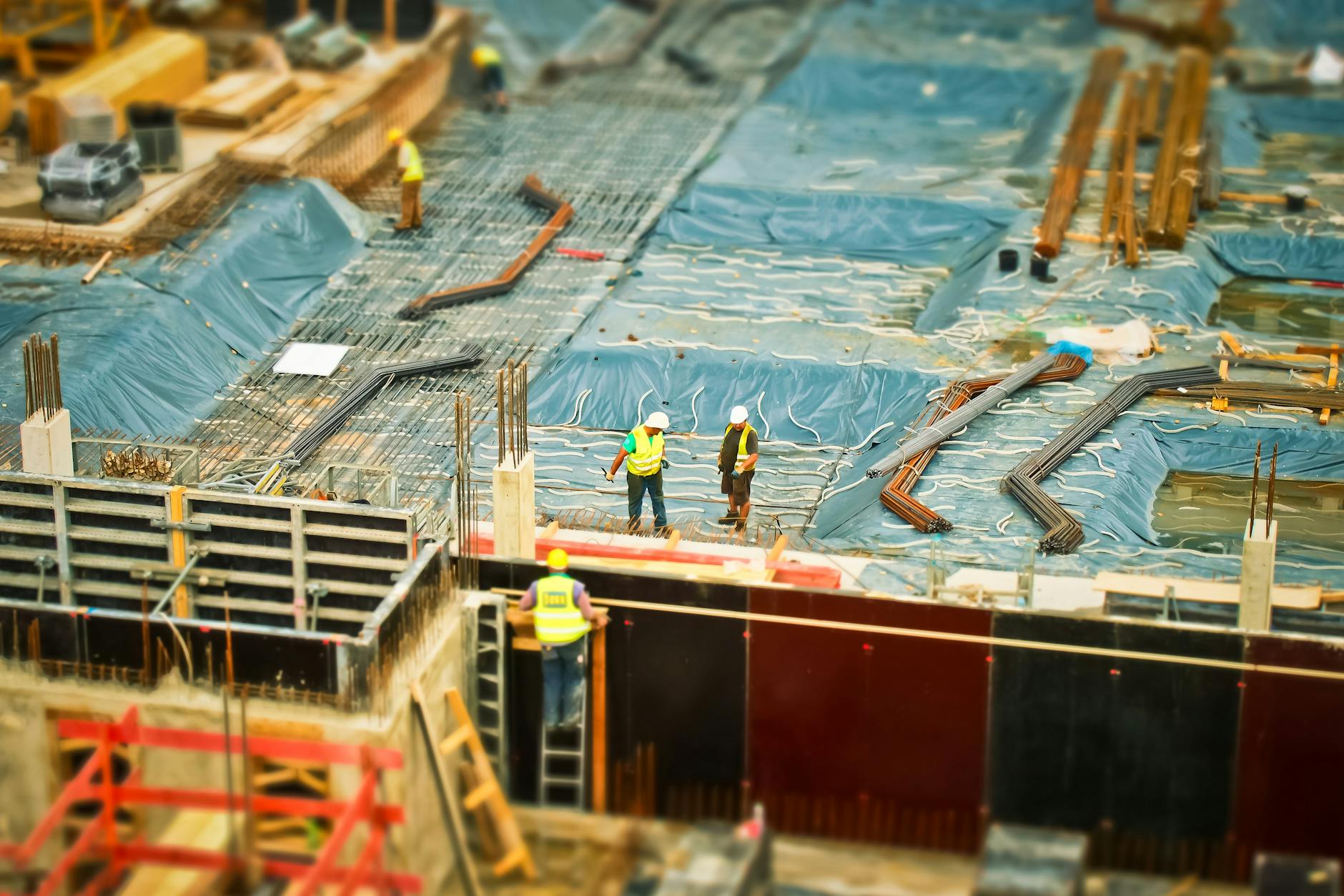
Construction Safety HSE Training
Slide 1: Construction Safety – HSE Training Session
Presented by: HSE STUDY GUIDE
Date: 24/04/2025
Good morning team!
I hope everyone is doing great today. Before we get started with our work, let’s take a few minutes to focus on something that keeps all of us safe — Construction Safety.
Whether you’re new on site or have years of experience, safety must always be our top priority. Construction is fast-paced, physical, and full of potential hazards — but most accidents are preventable when we stay alert and follow safety protocols.
Slide 2: Objectives of the Training
By the end of this session, you’ll:
- Understand the most common hazards on a construction site
- Learn how to protect yourself and your team
- Know the role of PPE, tools, and equipment in injury prevention
- Understand your responsibility in maintaining a safe site
Slide 3: Why Construction Safety Matters
Let’s talk about why this is so important.
Every year, thousands of workers are injured — and many lives are lost — due to avoidable accidents on construction sites. These incidents affect not only the workers, but also their families, coworkers, and the project.
Safety isn’t just a set of rules — it’s a mindset. Everyone goes home safe. That’s the goal.
Slide 4: Common Construction Site Hazards
Here are some of the most common dangers we face daily:
- Falls from height (scaffolds, ladders, roofs)
- Struck-by incidents (moving vehicles, falling tools)
- Electrical hazards (live wires, faulty equipment)
- Trips, slips, and falls
- Caught-in/between hazards (machinery, collapsing materials)
- Improper use of tools or PPE
- Exposure to dust, noise, and chemicals
We’ll go over each of these and how to control them.
Slide 5: Fall Protection
Falls are the #1 cause of death in construction. Here’s how we prevent them:
- Use guardrails, safety nets, and personal fall arrest systems (PFAS)
- Never work at heights without proper training and fall protection
- Inspect harnesses and lanyards before each use
- Anchor points must be secure and rated properly
- Always tie-off when working above 6 feet (or site-specific height)
If you’re unsure — stop and ask. Your life depends on it.
Slide 6: Personal Protective Equipment (PPE)
PPE is your last line of defense, not your first. Always wear:
- Helmet – protects against head injuries
- Safety glasses – prevents eye damage from debris or chemicals
- Gloves – for hand protection
- Reflective vest – to stay visible
- Steel-toe boots – to protect your feet
- Hearing protection – in high-noise zones
- Respiratory protection – when working with dust, fumes, or chemicals
And remember — wear PPE properly and consistently.
Slide 7: Tool & Equipment Safety
Tools are helpful — but dangerous when misused:
- Inspect tools before use
- Don’t use damaged or makeshift tools
- Use the right tool for the job
- Store tools safely when not in use
- Operate machinery only if authorized and trained
Report any malfunctioning equipment immediately. Don’t take chances.
Slide 8: Housekeeping on Site
Good housekeeping prevents accidents:
- Keep walkways and work areas clear
- Store materials neatly
- Clean up spills immediately
- Secure cords and hoses to avoid trip hazards
- Dispose of waste properly
A clean site is a safe site.
Slide 9: Communication & Teamwork
Safety isn’t a solo job — it’s a team effort:
- Always attend toolbox talks and safety briefings
- Communicate hazards immediately
- Use clear hand signals and radios when needed
- Watch out for each other — if you see something, say something
The stronger our communication, the safer our site.
Slide 10: Emergency Preparedness
Emergencies can happen. Be ready:
- Know where the first aid kit and fire extinguishers are located
- Familiarize yourself with the emergency evacuation plan
- Know who the first responders are on your team
- Report all incidents — even near misses — right away
Practice drills seriously. They’re not just for show — they save lives.
Slide 11: Real Incident Case
Let me share a real incident with you…
A worker climbed scaffolding without fall protection to save time. He slipped, fell 12 feet, and suffered serious back injuries. The team later realized the fall arrest gear was available — but not used.
One moment of rushing or cutting corners can change everything. Don’t let that happen to you or your crew.
Slide 12: Your Role in Safety
Every worker has a role:
- Follow site-specific safety rules
- Attend safety briefings and toolbox talks
- Use PPE and tools correctly
- Speak up about hazards
- Take care of yourself and your teammates
Remember — safety starts with you.
Slide 13: Key Takeaways
To wrap it up:
- Construction sites are hazardous — but safety measures make them manageable
- Follow proper procedures for work at height, tools, PPE, and housekeeping
- Communicate and cooperate with your team
- Take responsibility — safety is everyone’s job
- If it’s not safe, don’t do it
Slide 14: Quiz or Q&A
Let’s do a quick safety check.
Question: What’s the first thing you do if you notice a missing guardrail on a scaffold?
(Pause for answers.)
Exactly — stop work, report it, and don’t proceed until it’s fixed.
Any questions or suggestions from your experience?
Slide 15: Thank You
Thanks for your attention, team.
Let’s make this site a place where everyone goes home safely — every single day.
And if you want more HSE tips and training, check out HSE STUDY GUIDE on YouTube.
Stay alert. Stay prepared. Stay safe!